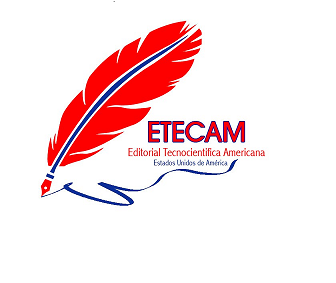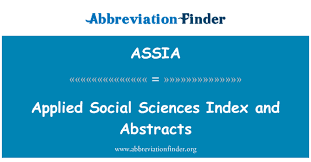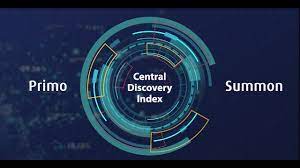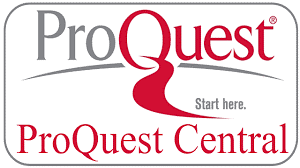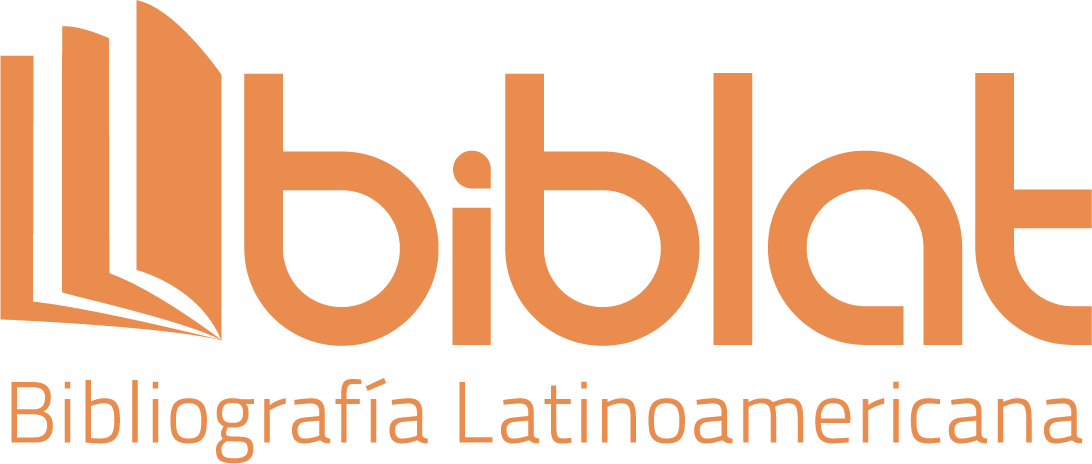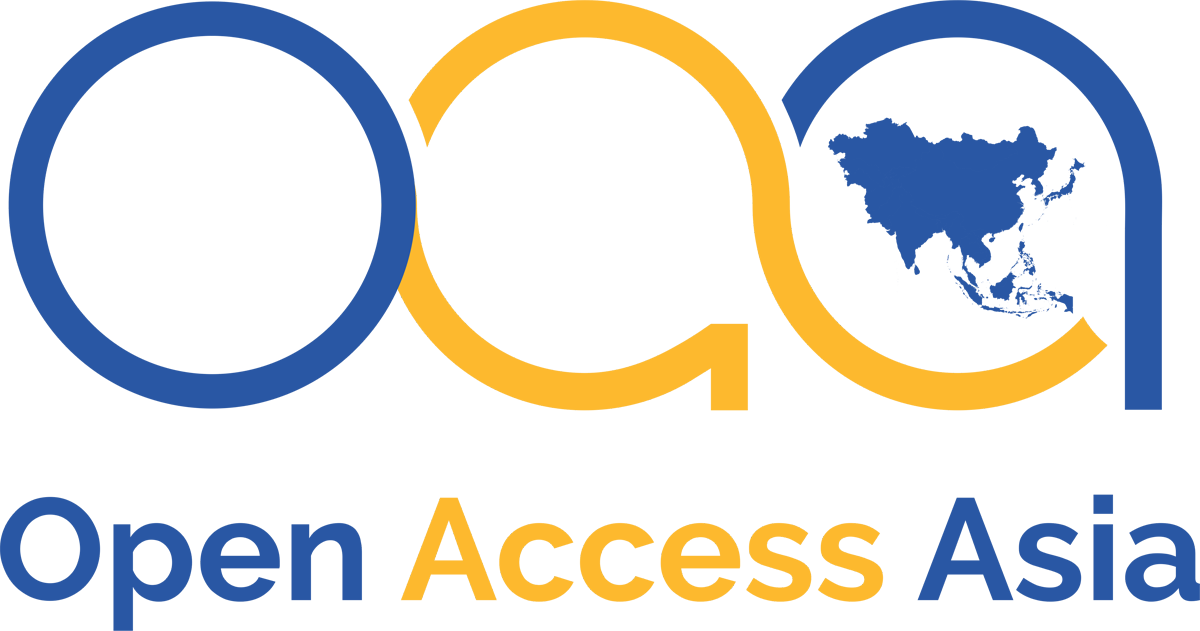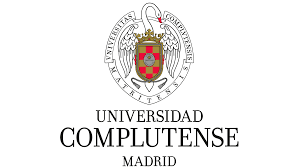The Role of the Employee in an Organization and Its Relationship with Emotional State
DOI:
https://doi.org/10.51736/sa.v7iEspecial%205.384Keywords:
employee role, organization, emotional stateAbstract
The objective of this study is to examine the relationship between an employee's role within an organization and their emotional state. A quantitative approach was used to analyze numerical data obtained through the Role Ambiguity Scale, which measures the clarity of the employee’s role, and the DASS-21, which assesses employees' emotional state. The study design was non-experimental, as no variables were manipulated. The scope of the study is correlational, aiming to determine the relationship between the employee’s role and their emotional state. The research was conducted using a field approach, collecting data from primary sources to analyze the level of role ambiguity and the emotional state of the employees. The study is cross-sectional, as standardized tests were administered only once. A hypothetical-deductive approach was adopted to determine the relationship between the employee’s role and their emotional state. According to the data obtained, the correlation between role ambiguity and emotional state, calculated using the Spearman’s Rho correlation coefficient, is -0.750, indicating a strong and significant negative correlation (p < 0.01). This suggests that as role ambiguity increases, employees' emotional state tends to become more negative. This significant correlation reinforces the importance of addressing role ambiguity as a key strategy to improve employees' emotional well-being. Clarifying responsibilities and expectations can be an effective measure to reduce emotional distress and enhance job performance.
Downloads
References
Ackerman, S. (2013). Metodología de la investigación. Ediciones del Aula Taller.
Barreiro, A., & Treglown, L. (2020). Emotional dynamics in interpersonal interactions: A review of current research. Journal of Social Psychology, 160(2), 180-194. https://doi.org/10.1080/00224545.2019.1680186
Cooper, C. L., & Marshall, J. (1976). Occupational sources of stress: A review of the literature relating to coronary heart disease and mental ill health. Journal of Occupational Psychology, 49(1), 11-28.
Cui, L. (2021). The impact of emotional intelligence on professional relationships: Insights from organizational studies. Journal of Business and Psychology, 36(1), 45-62. https://doi.org/10.1007/s10869-020-09704-4
Danna, K., & Griffin, R. W. (1999). Health and well-being in the workplace: A review and synthesis of the literature. Journal of Management, 25(3), 357-384.
Guerrero, G. (2015). Metodología de la investigación. Grupo Editorial Patria.
House, J. S. (1981). Work stress and social support. Addison-Wesley.
Kahn, R. L., Wolfe, D. M., Quinn, R. P., Snoek, J. D., & Rosenthal, R. A. (1964). Organizational stress: Studies in role conflict and ambiguity. Wiley.
Kahn, R. L., Wolfe, D. M., Quinn, R. P., Snoek, J. D., & Rosenthal, R. A. (1964). Organizational stress: Studies in role conflict and ambiguity. Wiley.
Karasek, R. A., & Theorell, T. (1990). Healthy work: Stress, productivity, and the reconstruction of working life. Basic Books.
Lyons, T. F. (1971). Role clarity, need for clarity, satisfaction, tension, and withdrawal. Organizational Behavior and Human Performance, 6(1), 99-110.
Macht, M., Roth, M., & Brix, K. (2019). Creativity, leadership, and teamwork in organizational settings: Exploring emotional and cognitive dimensions. Organizational Behavior and Human Decision Processes, 150, 113-126. https://doi.org/10.1016/j.obhdp.2018.11.003
Osca, A., González-Camino, G., Bardera, P., & Peiró, J. M. (2003). Estrés de rol y su influencia sobre el bienestar psíquico y físico en soldados profesionales. Psicothema, 54-57.
Pekaar, I. D., van der Linden, D., & Tsaousis, I. (2020). Emotional experiences and their impact on personal and professional life: A review of contemporary theories and research. Emotion Review, 12(3), 200-214. https://doi.org/10.1177/1754073919876264
Rizzo, J. R., House, R. J., & Lirtzman, S. I. (1970). Role conflict and ambiguity in complex organizations. Administrative Science Quarterly, 15(2), 150-163.
Valencia, P. D. (2019). Las Escalas de Depresión, Ansiedad y Estrés (DASS-21): ¿miden algo más que un factor general? Avances En Psicología, 27(2), 177-190.
Published
How to Cite
Issue
Section
License
Copyright (c) 2024 Alvaro Gustavo Espinoza Heredia, Diego Javier Mayorga Ortiz, Oscar Alberto Abedrabbo Villa

This work is licensed under a Creative Commons Attribution-NonCommercial-ShareAlike 3.0 Unported License.













